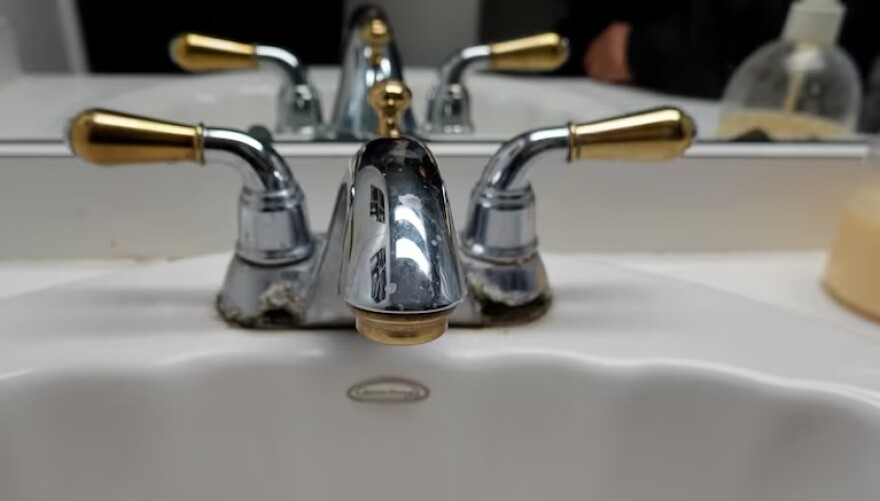The Department of Environmental Quality released Wednesday for the Lower Umatilla Basin Groundwater Management Area, a stretch of around 550 square miles of farming communities in northern Morrow and northwest Umatilla counties.
Groundwater pollution from nitrates is a well-documented issue in that region, first acknowledged by the state in 1990. Since then, Oregon has struggled to control the seepage of nitrates — potentially carcinogenic compounds that can cause various other health issues — through groundwater into wells used for drinking water.
Wednesday’s report documents tests at 33 wells monitored by DEQ across the large geographic area. The majority of those wells are for domestic use, though two are used for irrigation purposes and one is used for commercial business.
Overall, the tests showed the nitrate problem has become notably worse in the past decade, even as Gov. Tina Kotek and other state officials in recent years have said .
“The continued increase of nitrate concentrations at many wells and in the network as a whole indicate current nitrate leaching is likely,” the report states.
Around 40% of the wells tested showed a nitrate level exceeding 10 milligrams per liter, which is the level in water before adverse health effects are likely to occur, according to the U.S. Environmental Protection Agency. A reading as low as 3 milligrams per liter generally indicates the water is contaminated outside naturally occurring levels, according to the EPA.
The median well in Oregon’s testing network had a nitrate concentration of around 4.6 mg/L in 1990. The latest data shows that, by 2023, the median well’s nitrate concentration had climbed to roughly 6.6 mg/L.
While some wells showed decreases, the majority recorded jumps in nitrates over the past three decades. Of particular note, DEQ regulators recorded data showing the maximum concentration of nitrates at some wells reached as high as 75.5 mg/L. That maximum value has risen sharply since 2014.
The leading causes of the pollution, and best way to fix it, are a matter of debate in the region. Many residents who have complained about pollution in their drinking water as the source because farmers often apply nitrate-rich fertilizers to their fields. Many of those agriculture companies say they , but need to understand the issue better first.
State officials have also had to contend with balancing the needs of the agriculture industry — a major employer in the area — with the health concerns surrounding nitrates. Earlier this month, Kotek issued an order that on fields because, according to the governor, failing to do so could have jeopardized jobs.
This week’s report does not clearly pinpoint sources of the pollution.
“Although the highest nitrate concentrations observed are in the western half of the network, no clear geographic pattern to nitrate concentrations is evident. Instead, large differences in nitrate concentration occur within relatively short distances,” the report states.
Even when wells were somewhat near each other, they sometimes recorded notably different levels of nitrates, indicating that there may be aspects of the pollution sources and groundwater flow the state still does not fully understand.
The report also found that deeper wells may not necessarily prevent someone’s drinking water from being dangerously polluted. It noted that nitrates exceeding the 10 mg/L limit were found in some wells that went as deep as 100 feet.
Among DEQ’s recommendations, staff at the agency would like to see more wells added to its testing network to improve its data. A much broader test of roughly 1,700 wells by the Oregon Health Authority in the summer of 2024 offered in the Umatilla Basin could offer.
DEQ also hinted in the conclusion of its report that changing how people use land in the region may be needed to address the problems happening underground.
“Steep trends, single abrupt changes, or multiple changes in nitrate suggest the possibility of changes in land use and indicate the potential for groundwater quality improvements based on changes in surface activities,” the report states, as it suggests the possible need for land use changes.



